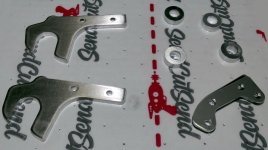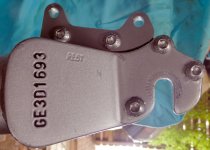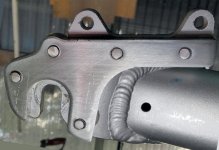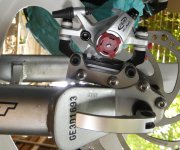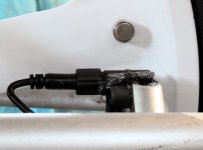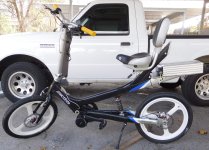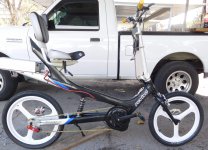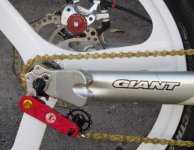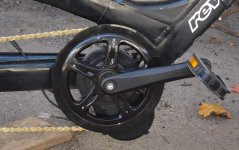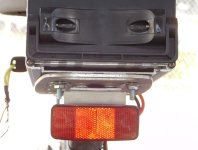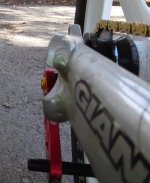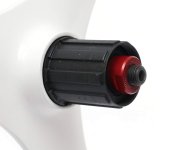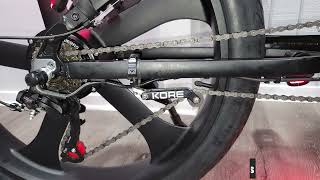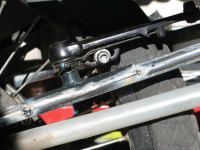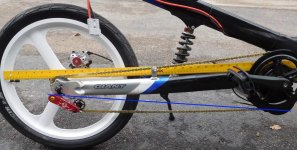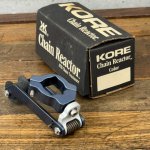Long delay for this project because the battery I was planning to use was Tango-Uniform. I prefer LiFePO4 (
aka LFP or Lithium Iron Phosphate) cells despite their lower energy density. My reasons are longer battery life, less prone to failure (
safer), better tolerance to abuse and flatter discharge curve. I originally ordered 20 Ah Prismatic batteries but have no confidence in the cells that I received and frankly the pack would have been very heavy.
Time to cut my losses and start over with high quality Headway cells. I use a rule of thumb “
throttle only, 1 mile per Ah at 48 volts”. I typically do not really need more than a ten mile range so I decided to make a 16S1P pack with Headway 10 Ah 38120S cells (
that “S” appended to the end of the number means M6-1 screw terminals vs flat top which are also offered). The cells were ordered from EV Components.
These cells did NOT come with the button head M6-1 x 8mm long screws typically seen on headway cells. I should be getting those from Amazon today. Note that the negative terminals have a depth limit of 6 mm for threaded fasteners. Typical M6 flat washers are 0.5mm thick but 1.5 thick flat washers are available. Along with the terminal connector or buss bar that should be adequate for the 8mm long fasteners.
I am using the standard headway two hole plastic holders but the provided bus bars were steel. So I will fabricate replacement copper bus bars from 12mm x 2mm copper bar. I just happen to have a Daly LiFePO4 16S 30 Amp BMS among the “stuff” I have collected. I also happen to have some 30 Amp 58 Volt “Auto Link” fuses with M6 holes. I will put one of those on the positive terminal of the battery pack.
I am also getting a DC-DC converter to provide a 12 Volt 5 Amp power source for a power contactor, lights and other accessories as needed. Five amps is probably overkill. I also need to work out the parameters for the pre-charge resistor and coil drain diode. I am thinking “IN4004” for the coil drain diode. I have no idea for the pre-charge resistor (
HELP).
Edit 23 Oct 2022:
I am a bit short on the copper bar I was going to use for the bus bars, so I broke down and just ordered copper bus bars ....
https://www.ebay.com/itm/294851322309
Copper is 10X more conductive than carbon steel.
 Reference:
Reference:
Battery Pack, 48 Volt 20 Ah LiFePO4 cells
https://endless-sphere.com/forums/viewtopic.php?f=6&t=117764
EV Components
https://endless-sphere.com/forums/viewtopic.php?f=3&t=117997
Amazon, M6-1 x 8 mm button head screws
https://www.amazon.com/dp/B07VPVBNV1
Amazon, M6 x 1.5 mm thick flat washers
https://www.amazon.com/dp/B07X14TGFX
Amazon, XWST DC-DC Converter
https://www.amazon.com/dp/B0B5KRJSKK/


